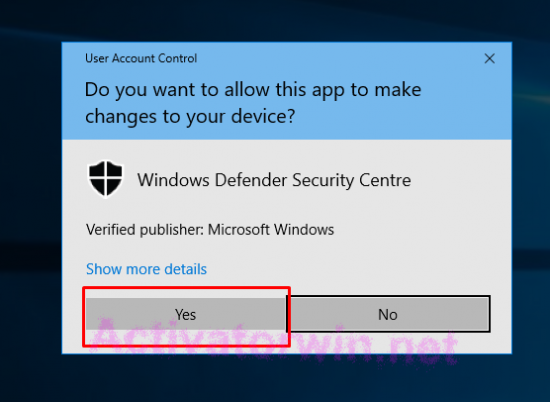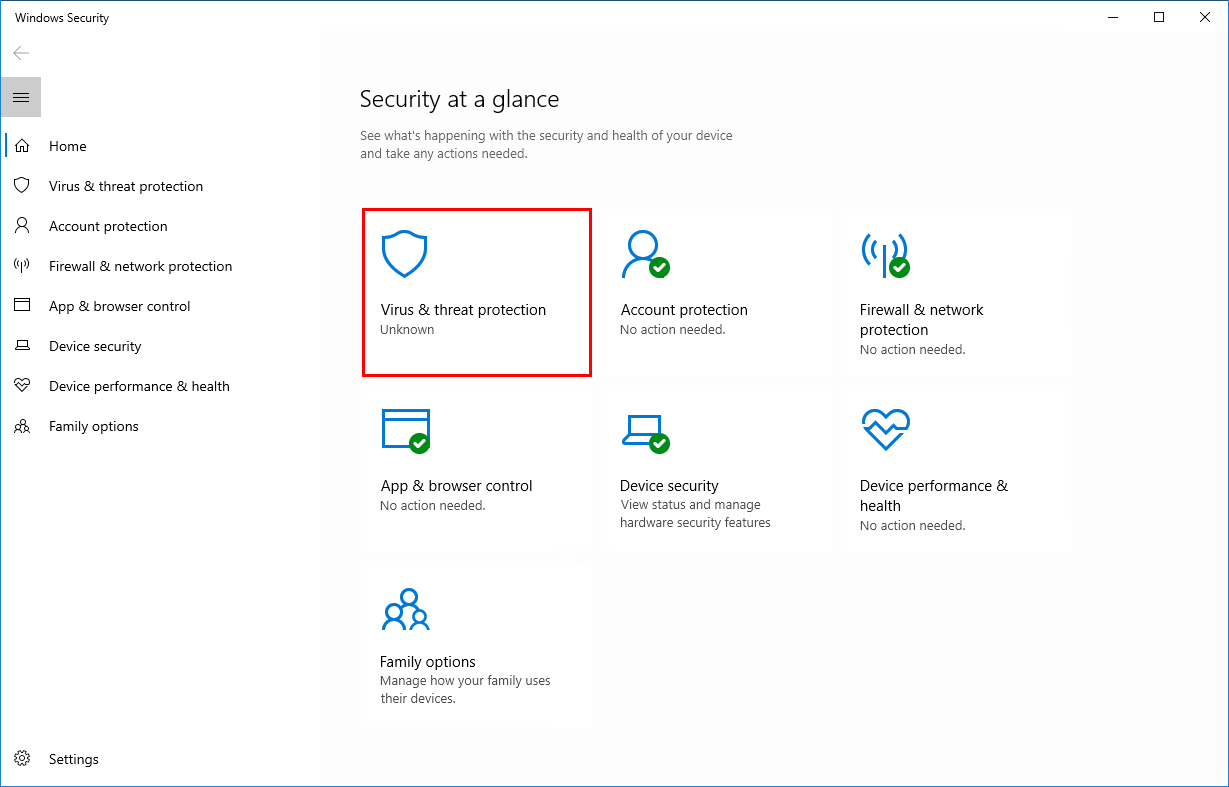
Search for Group Policy Editor in Windows Search and open it.ĭrill down to the below path. Go to Settings > Virus & threat protection > Manage settings and scroll a little to find Tamper Protection option. Windows Home users should skip to the next point. But first, you need to disable Tamper Protection. Windows 10 Pro comes with Group Policy Editor that we will use to disable Windows Defender. Let’s get this done if you have already made up your mind and found a suitable replacement antivirus to protect your computer. Disable Windows Defender in Windows 10 with Group Policy Editor That allows me to run periodic scans with Windows Defender and still use another antivirus app. I just don’t have real-time protection running.

I have Kaspersky running on my computer, but I also have Windows Defender switched on. That wasn’t possible in earlier versions of Windows, but it is possible with Windows 10. Microsoft showed a lot of character when it updated Windows Defender to run alongside other antivirus apps. If you still want to do it, continue reading. That way, you don’t have to disable and remove Windows Defender completely. You can now turn off real-time protection here. Press Windows key+I to open Settings and search for Virus & threat protection.Ĭlick on Manage settings under Virus & threat protection settings.

You can simply disable the real-time protection component in Windows Defender and continue with the task at hand. There is no need to disable Windows Defender completely just because you want to install an app or make some system changes. However, the bigger question is why you want to turn off Windows Defender on Windows 10 computer? Should you really do it? With the Windows 10 November Update, Microsoft has added the Windows Defender Antivirus to Microsoft Defender Advanced Threat Protection for improved built-in security in the Windows 10 and later. But if you still want to disable Microsoft Defender on Windows 10, we will show you how. There was a time when people used to laugh at it, security experts gave little attention to it, and users used to curse it. Microsoft’s in-house anti-malware component, Windows Defender (previously Microsoft Security Essentials), has come a long way.


 0 kommentar(er)
0 kommentar(er)
